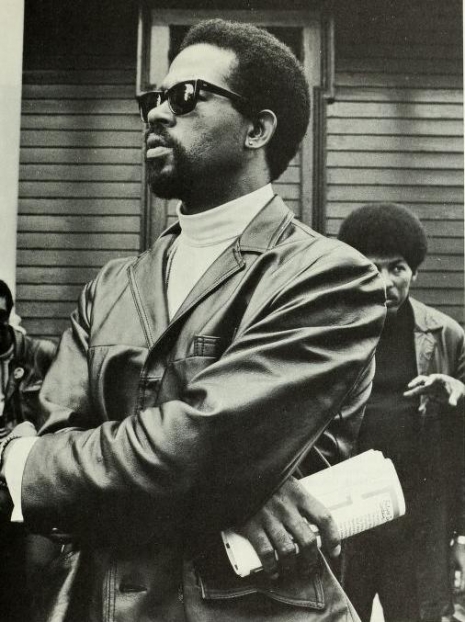
This week saw six people, including the president and the director of communications of the NAACP, arrested at the office of Senator Jeff Sessions in Mobile, Alabama. At issue was Sessions’ impending nomination as President Trump’s attorney general; the protests addressed Sessions’ history of opposition to the civil rights movement in its broadest incarnations. The list of problems is quite impressive: Sessions has denied any existence of voter suppression efforts directed at minority communities and once purportedly warned a black attorney to “be careful how you talk to white folks” in addition to joking that his only problem with the Ku Klux Klan was its drug use. Further, Sessions has referred to the NAACP as “un-American” in the past and has called the Voting Rights Act a “piece of intrusive legislation.”
Sessions’ elevation to the top law enforcement officer in the nation is far from the only signal that Donald Trump has some sketchy views on race. If ever there was a moment in which one might actively pine for a return of the Black Panthers—real Black Panthers, not the Fox News bogeymen—the the inauguration of Donald Trump as our 45th president is definitely it.
While it wasn’t a perfect organization, the three most salient facts about the Black Panthers are that (a) the resistance they advocated was richly justified, (b) they were thoroughly fucked with by the FBI, and (c) they did a huge amount of good in African-American neighborhoods, in the form of community organizing of the kind that Republicans have been known to deride. That they carried around scary machine guns, behaved like a paramilitary group and said things about armed resistance that scared the shit out of white people, well, consider what they were up against.
The 2011 documentary The Black Power Mixtape 1967-1975 and the 2015 documentary The Black Panthers: Vanguard of the Revolution are both eloquent defenses of a group that constantly threatens to be lost to history in some sense. If historians are not vigilant about defending the group to white audiences, it will always risk caricature as a radical, violent organization, which the Panthers (mostly) were not.
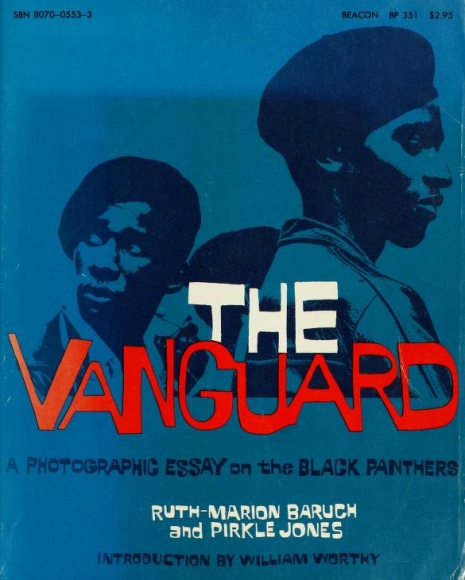
In 1970 a book of photographs was published documenting the resistance efforts of the Black Panthers surrounding the 1968 trial of Huey Newton and its aftermath. The book was by two white photographers, a married couple named Ruth-Marion Baruch and Pirkle Jones. It was titled The Vanguard: A Photographic Essay on the Black Panthers. (A similar book of Baruch and Jones’ photographs was published in 2002 under the title The Black Panthers 1968.) The 1970 book includes a number of informative texts, such as “Review of Panther Growth and Harrassment”, “Rules of the Black Panther Party”, and the “Black Panther Party Platform and Program.”
The photographs were taken the same year that J. Edgar Hoover called the Black Panthers “the greatest threat to the internal security of the United States.” You don’t have to be Ta-Nehisi Coates (whose own father, Paul Coates, was a member of the Black Panthers and was internally discussed as a candidate for assassination by the selfsame FBI) to consider that judgment to be a mite premature…......
As they used to say of Richard Nixon, we can now say of the Black Panthers: Now, more than ever…..
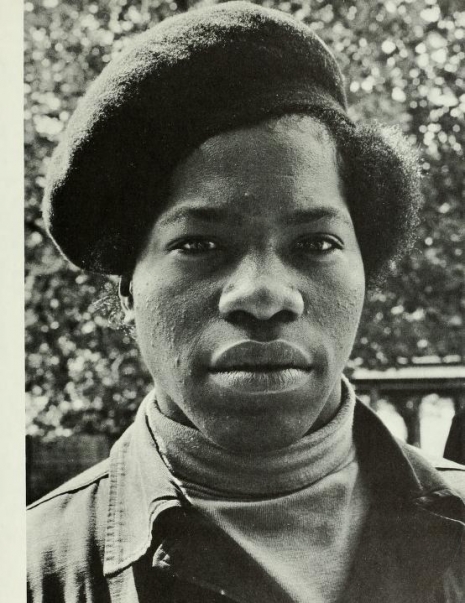


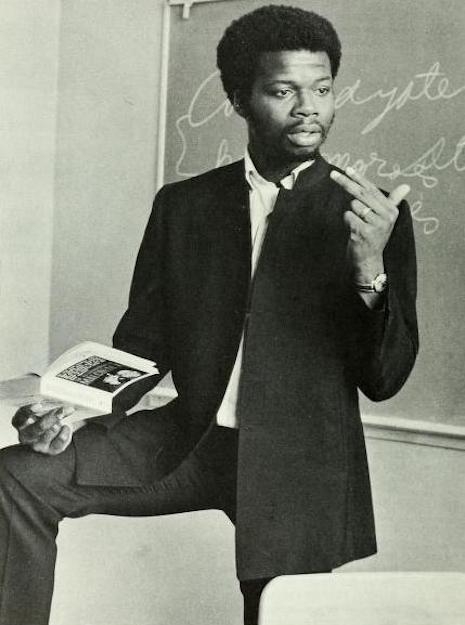

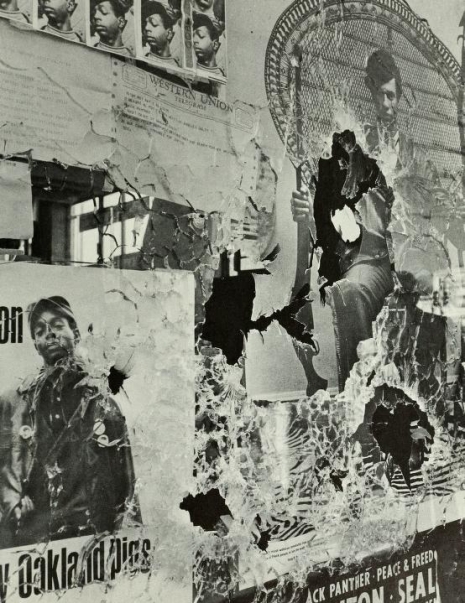

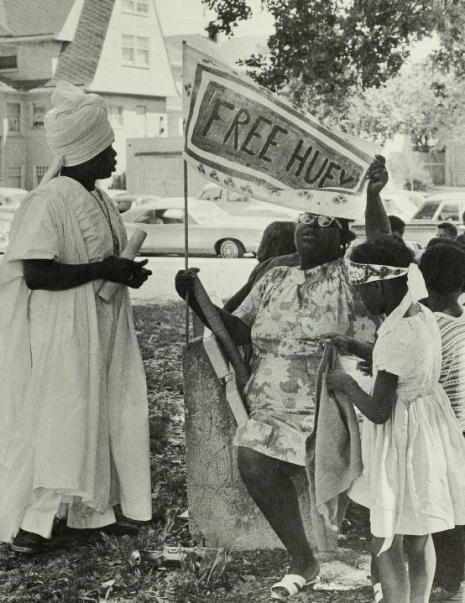


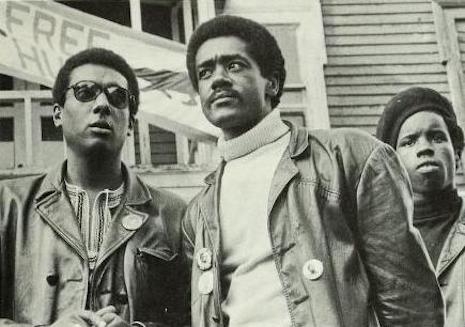


All photographs by Ruth-Marion Baruch and Pirkle Jones. The entirety of the book is available at archive.org, and you can also purchase used copies at Amazon.
Previously on Dangerous Minds:
‘The Art of the Black Panthers’: Revolutionary designer Emory Douglas
‘Movin’ On Up’: How the Black Panthers invented ‘The Jeffersons’